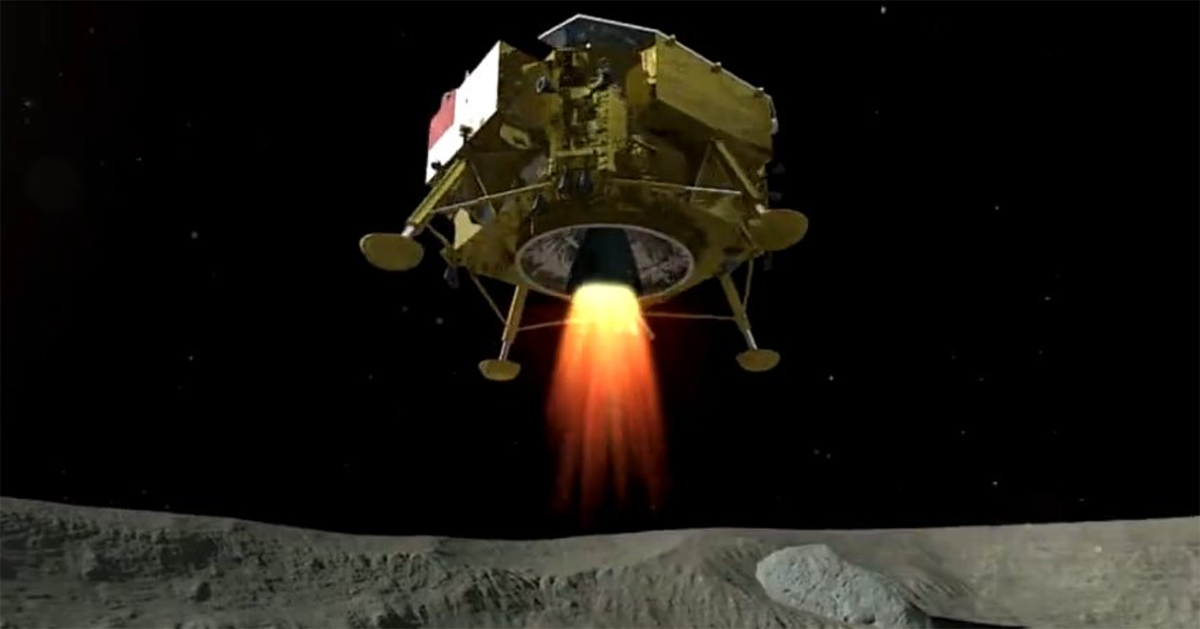China’s space programme has hit a new milestone.
A Chinese spacecraft has made history on Jan. 3, 2019 by successfully touching down on the dark side of the moon that does not face Earth and has never been explored.
The confirmation of the landing came in the form of a tweet by Global Times, widely regarded as a Chinese state mouthpiece:
#BREAKING: China’s Chang’e-4 probe successfully made the first-ever soft landing on the far side of the Moon on the South Pole-Aitken basin Thursday morning, a major milestone in space exploration. #ChangE4 pic.twitter.com/mt2YTWqlxs
— Global Times (@globaltimesnews) January 3, 2019
The Chang’e 4 lunar spacecraft entered an elliptical lunar orbit Sunday morning, and was poised to land near the moon’s south pole.
Chang'e 4 consists of a lunar lander and rover spacecraft.
Chang’e 4 was launched atop a Long March 3B carrier rocket on Dec. 8, 2018 at the Xichang Satellite Launch Centre in southwest China’s Sichuan province.
It entered lunar orbit four days later.
Side of moon not facing Earth
The Chang’e 4 mission marks the world’s first expedition to a lunar region that never faces the Earth.
All lunar landing probes to date travelled only to the near side.
It is easier to establish and maintain direct radio communication with the entire near side of the moon.
China National Space Administration has said that Chang’e 4’s scientific tasks included
• astronomical observation using low-frequency radio;
• surveying the terrain and land forms;
• detecting the mineral composition and shallow lunar surface structure;
• and measuring neutron radiation and neutral atoms.
Unexplored region
All these activity would develop an understanding of the environment on the moon’s dark side, also called the far side of the moon.
It has a different composition than sites on the near side, where previous missions have landed.
The selected landing region for Chang’e 4 was within the South Pole-Aitken (SPA) basin, the moon’s largest, deepest and oldest impact structure.
The spacecraft will also cultivate vegetables and flowers inside an airtight container, in experiments involving 28 Chinese universities, led by Chongqing University in southwest China.
Chang'e 5 next
Success of the Chang’e 4 mission would mark the completion of the second phase of the Chinese Lunar Exploration Programme (CLEP), one of 16 key technologies identified by the Chinese government.
China plans to launch a returnable spacecraft called Chang’e 5 by 2020, under the third and final phase of the plan.
Chang’e 5 will include a lunar lander and a rover that could return to Earth after collecting samples and performing lunar surveys.
If you like what you read, follow us on Facebook, Instagram, Twitter and Telegram to get the latest updates.
